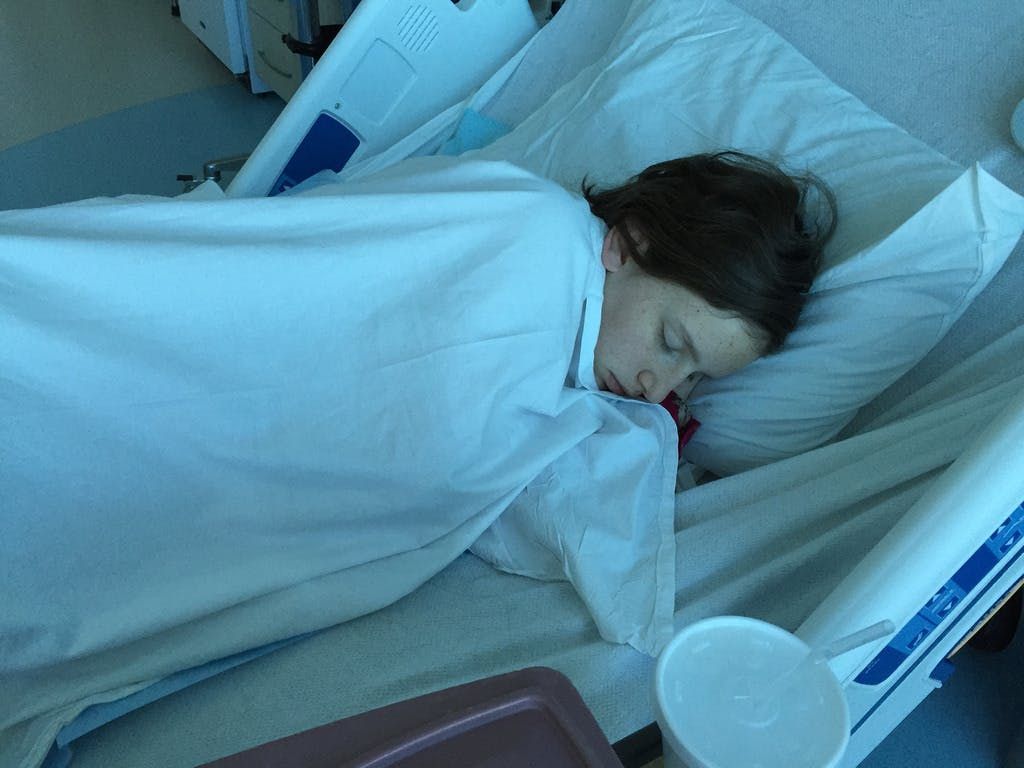Nausea
is a common side effect of cancer and its treatments, affecting up to 70
percent of patients getting treated for the disease. Many different
types of medications can help to prevent or control nausea in these
patients. However, two undesirable effects often occur when they’re
used: side effects — such as headaches, tiredness and constipation —
and resistance to treatment, where efforts to control nausea fail. Thus,
there’s a need for new treatments that relieve nausea with as few side
effects as possible.
Medical Marijuana Offers Hope
Marijuana, also known as cannabis, may bring hope to patients who suffer
nausea during chemotherapy. A native of Central Asia, this plant has a
long history of
use
as a nausea treatment. However, the
mechanism
by which it exerts its effects had, until recently, remained a mystery.
Research carried out in the 1960s revealed that marijuana contains
chemical compounds called cannabinoids, which are responsible for its
physical and psychological effects. Of these cannabinoids, the most
important are delta-9-tetrahydrocannabinol (delta-9-THC) and cannabidiol
(CBD).
Scientists Hone Synthetic Drugs
With the discovery of cannabinoids, scientists were able to create
synthetic cannabinoids — chemicals made to mimic the effects of the
natural cannabinoids found in the marijuana plant. Two synthetic
cannabinoids,
dronabinol
and
nabilone,
were later approved by the U.S. Food and Drug Administration (FDA) for
chemotherapy-induced nausea and vomiting. These drugs are usually
prescribed to patients who have tried other anti-nausea medications
without success, and are taken by via oral capsule several times a day
during a chemotherapy cycle.
Studies Reveal Benefits of Medical Marijuana
Despite the FDA’s approval of dronabinol and nabilone as treatment for
chemotherapy-induced nausea and vomiting, research into the benefits
that the actual marijuana plant can confer is progressing.
Research
commissioned by the Swiss Federal Office of Public Health, and published
in the Journal of the American Medical Association in June 2015,
supports using cannabinoids as a treatment for nausea from chemotherapy.
Researchers analyzed data from 28 studies, and found that patients using
cannabinoids were more likely to report reductions in nausea and
vomiting than those given a placebo. Science is yet to show the exact
mechanism for all the cannabinoids found in the marijuana plant, but
evidence suggests that cannabinoids work better together than in
isolation: a discovery that has been termed the entourage
effect.
Researchers Push Boundaries
There’s a growing interest among researchers in treating children with
nausea and other cancer symptoms with medical marijuana, although the
studies are limited. In a
paper titled, "An
Efficient New Cannabinoid Antiemetic in Pediatric Oncology," and
published in the journal Life Sciences in 1995, researchers in
Jerusalem, Israel, revealed that delta-8-tetrahydrocannabinol
(delta-8-THC), a cannabinoid with fewer mood-altering effects than the
main marijuana cannabinoid, delta-9-THC, successfully treated
chemotherapy-induced nausea and vomiting in children with negligible
side effects. The study involved eight children aged 3 to 13 who had
various blood cancers and had been treated with different anticancer
drugs for up to eight months. Each of the children were given
delta-8-THC two hours before chemotherapy and every six hours afterward
for 24 hours.
Support Grows for Medical Marijuana
Nausea affects a significant number of cancer patients, and standard
treatments often fall short of patients’ needs. Medical marijuana is
potentially more effective than existing treatments and may have fewer
side effects.






